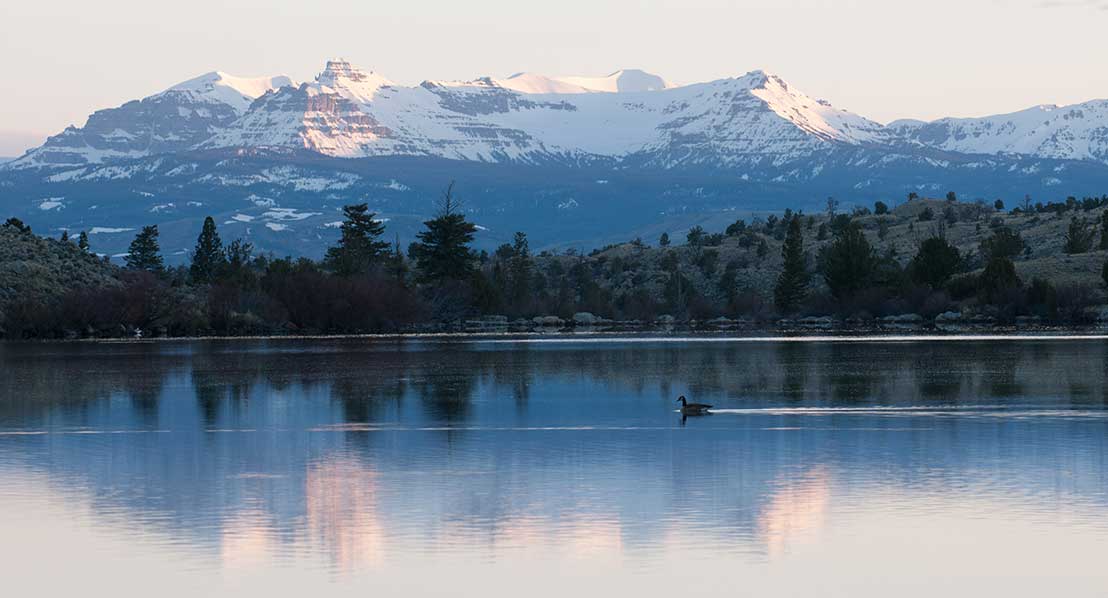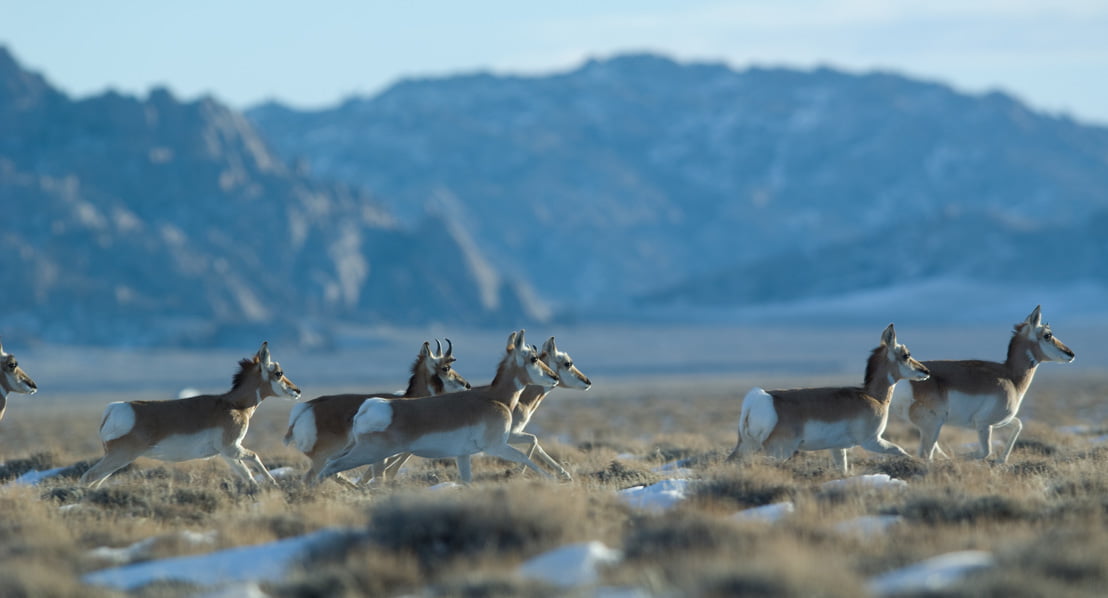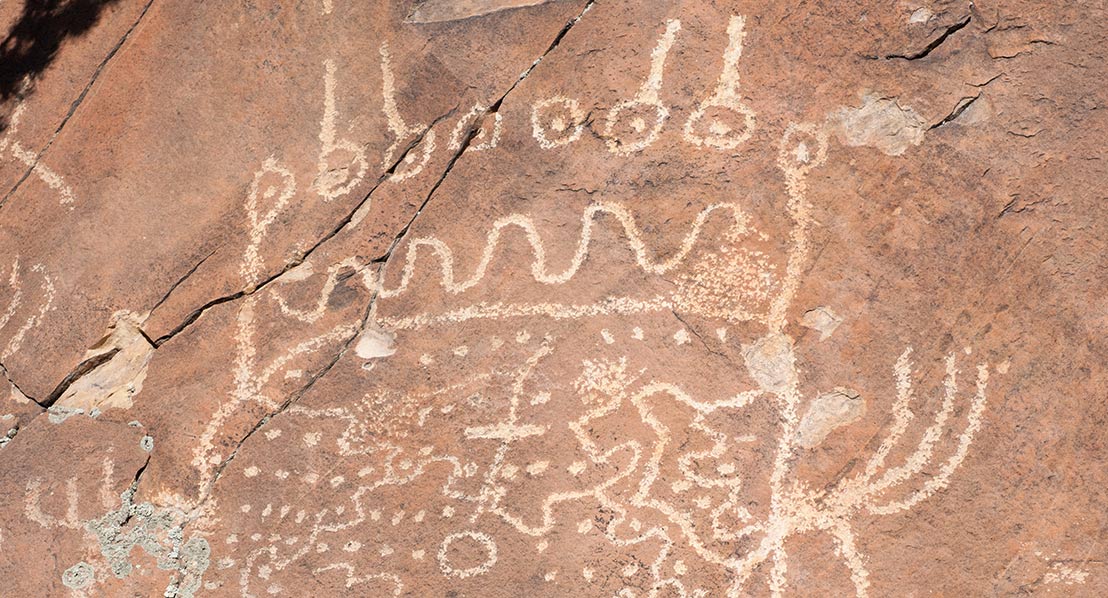The Togwotee Trail
The Togwotee Trail delivers magnificent mountain vistas, exceptional opportunities for wildlife viewing and a taste of the Old West in the quaint town of Dubois.
The Tie Hack Era
Timber harvesting has been a part of Dubois since it was first settled. In 1914 timber harvesting began on the forests of the Upper Wind River in the DuNoir Valley to supply railroad ties to the Chicago and Northwestern railroad, beginning the era of the famous “Tie Hack,” in which 10 million ties, approximately 40 million board feet of lumber, were cut. Employees of the Wyoming Tie and Timber Company were mostly Swedish and Norwegian immigrants. Their dedication to drink, vigorous brawling and feats of strength brought color and life to the Dubois area, but their skillful craftsmanship made them legendary.
Tour Options
Full Day Driving Tour- 110 Miles Round-Trip From Dubois
Half Day Option #1- 65 Miles Round-Trip
For those with less time to spend, the 65-mile round-trip route up to Togwotee Pass and back, stopping at the Tie Hack Memorial, Brooks Lake and the Continental Divide, is a breathtaking sampling of the Rocky Mountains.
Half Day Option #2- 30 Miles Round-Trip
The 30-mile round-trip eastward route to the Fish Hatchery, Whiskey Basin, the 3 lakes and the trailhead at the end of Trail Lake Road offers ideal opportunities to view the rugged landscape and abundant wildlife.
Dubois, WY
First settled about 1866, Dubois has a rich history typical of the Old West. Many hunters, trappers and explorers passed through the Upper Wind River Valley in the late 19th century, including Kit Carson, Jim Bridger, and later, Butch Cassidy.Sitting in the valley between the Absaroka and Wind River mountain ranges, Dubois is nicknamed the “Valley of the Warm Winds.” Wooden boardwalks, pioneer architecture and a rich history welcome visitors like a warm embrace.Two imperative stops in Dubois are the National Bighorn Sheep Interpretive Center and the Dubois Museum located at the west end of Main Street.The National Bighorn Sheep Interpretive Center offers spectacular hands-on exhibits and displays of the bighorn sheep of Whiskey Mountain. The Dubois Museum houses artifacts from Native Americans, early white settlers and the tie hack industry.
The Hack Memorial
On Hwy. 26/287 travel west 18 miles to the Tie Hack Memorial. The memorial honors the tie hacks, men of mostly Scandinavian descent who cut railroad ties by hand in the first half of the 20th century.
Brooks Lake & The Continental Divide
On Hwy. 26/287 travel west 18 miles to the Tie Hack Memorial. The memorial honors the tie hacks, men of mostly Scandinavian descent who cut railroad ties by hand in the first half of the 20th century.
Fish Hatchery
Five miles from town, across from the cliffs, turn right on Forest Road 411. Cross the cattleguard and turn right on a dirt road for 1.5 miles to the Dubois Fish Hatchery, where guided tours of the facilities are offered. Driving back to the highway, on the left near the banks of Jakey’s Fork, is the campground site for the Whiskey Mountain Buckskinners who host an annual mountain man rendezvous in August.
Trail Lake Road
Before the cattleguard at the end of the of the dirt road, turn right onto Trail Lake Road. This scenic drive takes you 10 miles to the trailhead and past the basin at the base of Whiskey Mountain, home of the largest herd of rocky mountain bighorn sheep in the U.S. A wildlife viewing site 2.5 miles from the highway is a good place to look for sheep on the slopes of Whiskey Mountain. Continue on the dirt road past Torrey, Ring and Trail lakes, all on the left.At the end of the road is the trailhead leading to Whiskey Mountain and numerous glacial lakes in the Fitzpatrick Wilderness area, the nearest of which is Lake Louise. An ambitious trail to the lake has a 1,000′ elevation gain in 1.7 miles and takes at least 3 hours round-trip. To finish the tour, follow Trail Lake Road and the highway back to Dubois.


